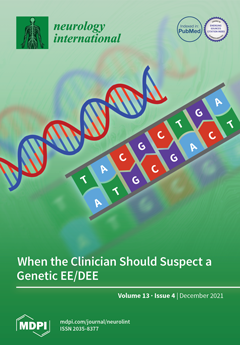Mood disorders negatively impact the lives of hundreds of millions of individuals worldwide every year, yet the precise molecular mechanisms by which they manifest remain elusive. Circadian dysregulation is one avenue by which mood disorders are thought to arise. SOX2 is a transcription
[...] Read more.
Mood disorders negatively impact the lives of hundreds of millions of individuals worldwide every year, yet the precise molecular mechanisms by which they manifest remain elusive. Circadian dysregulation is one avenue by which mood disorders are thought to arise. SOX2 is a transcription factor that is highly expressed in the murine suprachiasmatic nucleus (SCN), the circadian master clock, and has been recently found to be an important regulator of
Per2, a core component of the molecular clock. Genetic ablation of the
Sox2 gene in GABAergic neurons selectively impacts SCN neurons, as they are one of very few, if not the only, GABAergic populations that express
Sox2. Here, we show that GABAergic-restricted ablation of
Sox2 results in anxio-depressive-like phenotypes in mice as observed in the elevated plus maze, forced swim test, tail suspension test, and sucrose preference test. We further observe a reduction in basal and/or forced swim-induced c-Fos expression, a marker of neuronal activation, in the nucleus incertus, arcuate nucleus, and dentate gyrus of
Sox2 conditional knockout (cKO) mice. Given the restricted disruption of SOX2 expression in the SCN of
Sox2 cKO mice, we propose that their mood-associated phenotypes are the consequence of a dysregulated central clock that is unable to communicate appropriately timed signals to other brain nuclei that regulate affective behaviors.
Full article






